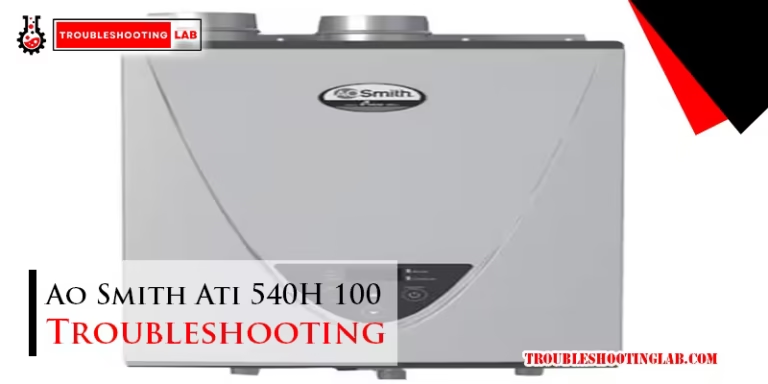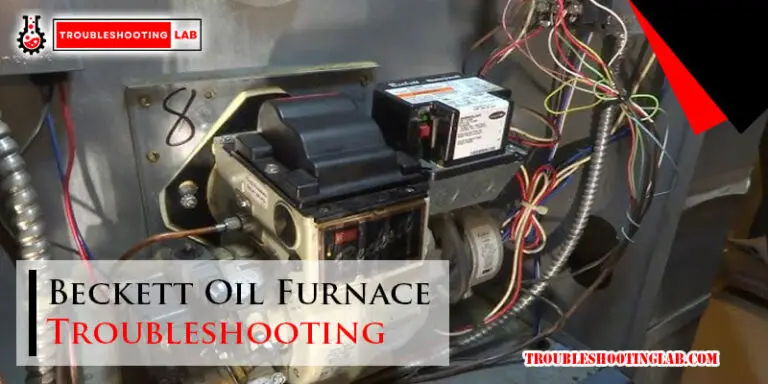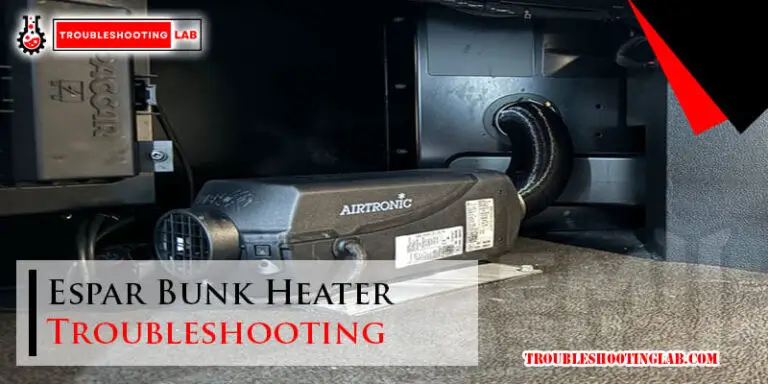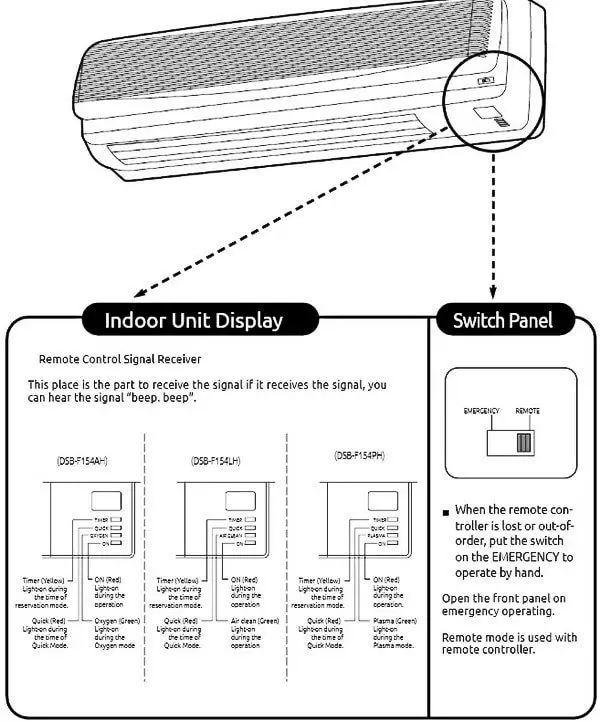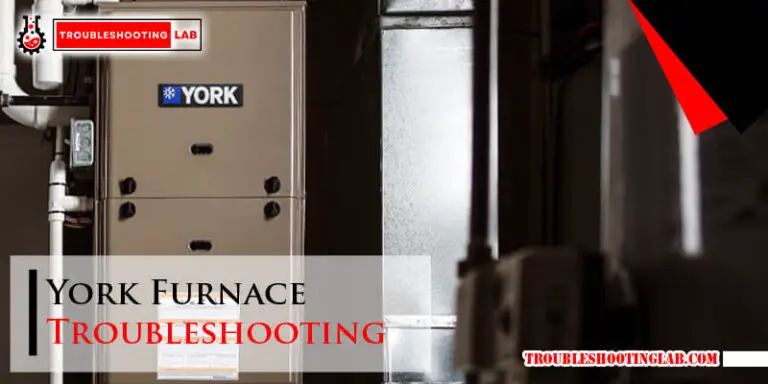Windmill AC Troubleshooting: Quick Fixes for Cool Comfort
Is your Windmill AC acting up? Few things are as frustrating as dealing with a cooling system that’s not working when you need it most.
Whether it’s not turning on, blowing warm air, or making strange noises, these issues can quickly turn a comfortable day into a stressful one. The good news? Many common Windmill AC problems can be solved without calling a technician. In this guide, we’ll walk you through simple troubleshooting steps to get your AC back on track.
Stick around—you might be surprised how easy it is to fix the problem yourself and save both time and money!
Common Issues With Windmill Acs
Windmill ACs are known for their sleek design and energy efficiency. Yet, like all appliances, they can sometimes face performance issues. Identifying these problems early can save time and prevent costly repairs. Below are some of the most common issues users encounter with Windmill ACs and how to address them.
1. Weak Cooling
If your Windmill AC isn’t cooling effectively, check the temperature setting. Ensure the thermostat is set to the desired level. Blocked air filters can also restrict airflow, reducing cooling power. Clean or replace the filters regularly to maintain efficiency. Another possible cause is low refrigerant levels, which require professional attention.
2. Unusual Noises
Hearing strange noises from your AC can indicate a problem. Rattling sounds may suggest loose parts or debris in the unit. Buzzing noises could mean electrical issues or a malfunctioning motor. Address these noises promptly to avoid further damage.
3. Leaking Water
A common issue with ACs is water leakage. This can occur if the drain line is clogged or disconnected. Dirt and debris often block the condensate line, leading to leaks. Regular cleaning of the drain line can solve this issue. Sometimes, improper installation can also cause water to leak.
4. Unit Not Turning On
When your Windmill AC fails to start, check the power supply first. Ensure the unit is plugged in and the circuit breaker hasn’t tripped. Faulty wiring can also prevent the AC from turning on. If these steps don’t resolve the issue, seek professional help.
5. Inconsistent Temperature
Fluctuating temperatures can make the room uncomfortable. This issue may arise from a malfunctioning thermostat. Inspect the thermostat for damage or incorrect settings. Dirty filters can also cause inconsistent airflow, affecting temperature stability. Cleaning the filters often resolves this problem.
Unit Not Turning On
Windmill air conditioners are reliable, but sometimes they may fail to turn on. This issue can stem from a variety of reasons. Understanding the root cause can save time and prevent unnecessary repairs. Below are simple steps to troubleshoot this problem.
Checking Power Supply
Start by inspecting the power source. Ensure the unit is plugged in securely. Check if the outlet is supplying electricity by testing it with another device. If the outlet isn’t working, try another one or check your home’s circuit breaker. Sometimes, the breaker might trip, cutting off power to the AC unit.
Inspecting The Remote Control
Verify that the remote control is functioning properly. Replace its batteries if they are weak or dead. Ensure the remote sensor is clean and free of dust. Test the remote by pressing the power button directly facing the AC unit. If the remote still doesn’t work, try using the unit’s manual controls.
Resetting The Unit
Resetting the AC can resolve minor glitches. Locate the reset button on the unit or its plug. Press and hold the button for a few seconds, then release it. Wait for the unit to restart. If it doesn’t, disconnect it from power for 10 minutes, then reconnect and test again.
Weak Or No Cooling
Experiencing weak or no cooling from your Windmill AC can be frustrating. This issue often disrupts the comfort of your home. Luckily, some simple troubleshooting steps can help restore its efficiency. Let’s dive into common causes and their solutions.
Cleaning The Air Filter
A dirty air filter can block airflow and reduce cooling. Remove the air filter from your Windmill AC. Check it for dust, dirt, or debris buildup. Wash the filter gently with water and mild soap. Allow it to dry completely before reinserting it. Cleaning the filter regularly keeps the AC running smoothly.
Checking For Obstructions
Blocked vents or intakes can prevent proper airflow. Inspect the area around your AC unit. Remove any objects, furniture, or curtains that might obstruct airflow. Clear away dust or debris from the unit’s external vents. Ensuring a clear path improves cooling performance.
Adjusting Temperature Settings
Incorrect temperature settings might cause cooling issues. Verify the AC is set to “Cool” mode. Lower the thermostat to a temperature below the current room temperature. Check if the cooling function activates. If it doesn’t, there may be a deeper issue requiring professional help.

Credit: www.tiktok.com
Strange Noises From The Unit
Is your Windmill AC making odd sounds that disrupt your peace? Strange noises can range from clicking and buzzing to rattling or thumping, and they often indicate something isn’t quite right. Ignoring these sounds could lead to bigger problems, so it’s important to tackle them head-on.
Let’s break down how you can identify and address the source of these unsettling noises. Whether it’s a minor issue or something that requires a professional, these steps will guide you toward a quieter, better-functioning unit.
Identifying The Source Of The Noise
First, ask yourself: what kind of noise is it? A rattling sound might mean something is loose, while a buzzing could point to electrical issues. Take a moment to listen closely to pinpoint whether the noise is coming from the fan, compressor, or another part.
Turn off the AC unit and inspect it visually. Look for anything that seems out of place, such as debris, loose screws, or bent components. If the noise persists, jot down the type and frequency of the sound—it can be helpful if you need to call in an expert later.
Inspecting The Fan Blades
The fan blades are often the culprit behind strange noises. A bent or misaligned blade can hit other parts, causing a rattling or clicking sound. Carefully examine the blades to see if they’re damaged or obstructed by dirt or debris.
Use a soft cloth to clean the blades and gently adjust any that seem out of alignment. If a blade is severely bent, you might need to replace it to restore smooth operation. Always ensure the unit is completely off before touching the fan.
Tightening Loose Components
Loose screws or panels can create rattling sounds that grow louder over time. Check all screws and bolts on the exterior and interior of the unit. Even a slightly loose component can vibrate excessively when the unit is running.
Use a screwdriver to tighten any loose screws you find. If the noise stops, you’ve likely solved the problem. Still hearing it? The issue might be deeper, such as within the motor or compressor, and may require a professional’s help.
Strange noises don’t have to mean the end of your AC’s efficiency. By taking these steps, you can often fix the issue yourself or at least narrow down the problem. Have you successfully silenced your Windmill AC? Share your experience in the comments below—we’d love to hear about it!
Water Leaks From The Ac
Water leaks from an AC can be frustrating and messy. This issue often stems from improper drainage, faulty installation, or a dirty drain pan. Understanding the cause helps you fix the problem effectively and prevent damage.
Inspecting The Drainage System
The drainage system plays a key role in keeping the AC dry. Check the drainpipe for blockages caused by dirt or debris. A clogged pipe can lead to water backing up and leaking out. Use a soft brush or vacuum to clear the blockage carefully.
Also, ensure the drainage system is properly aligned. Misalignment can stop water from flowing smoothly. If the pipe appears disconnected or loose, reattach it securely to prevent further leaks.
Ensuring Proper Installation
Improper installation can lead to water pooling and leaking. Check if the AC unit is tilted slightly downward toward the drainage outlet. This ensures water flows directly into the drainpipe. A level or incorrectly slanted unit may cause water to accumulate inside.
Verify the connections between the AC and the drainage system. Loose or poorly fitted connections can result in leaks. Tighten all joints and fittings to maintain a secure setup.
Cleaning The Drain Pan
The drain pan collects water from the cooling process. Over time, dirt and mold can build up in the pan, causing blockages. Remove the pan and clean it thoroughly with soap and water. This helps restore smooth water flow.
If the drain pan has cracks or damage, replace it with a new one. A damaged pan cannot hold water effectively and may cause leaks. Regular maintenance keeps the pan functioning properly.
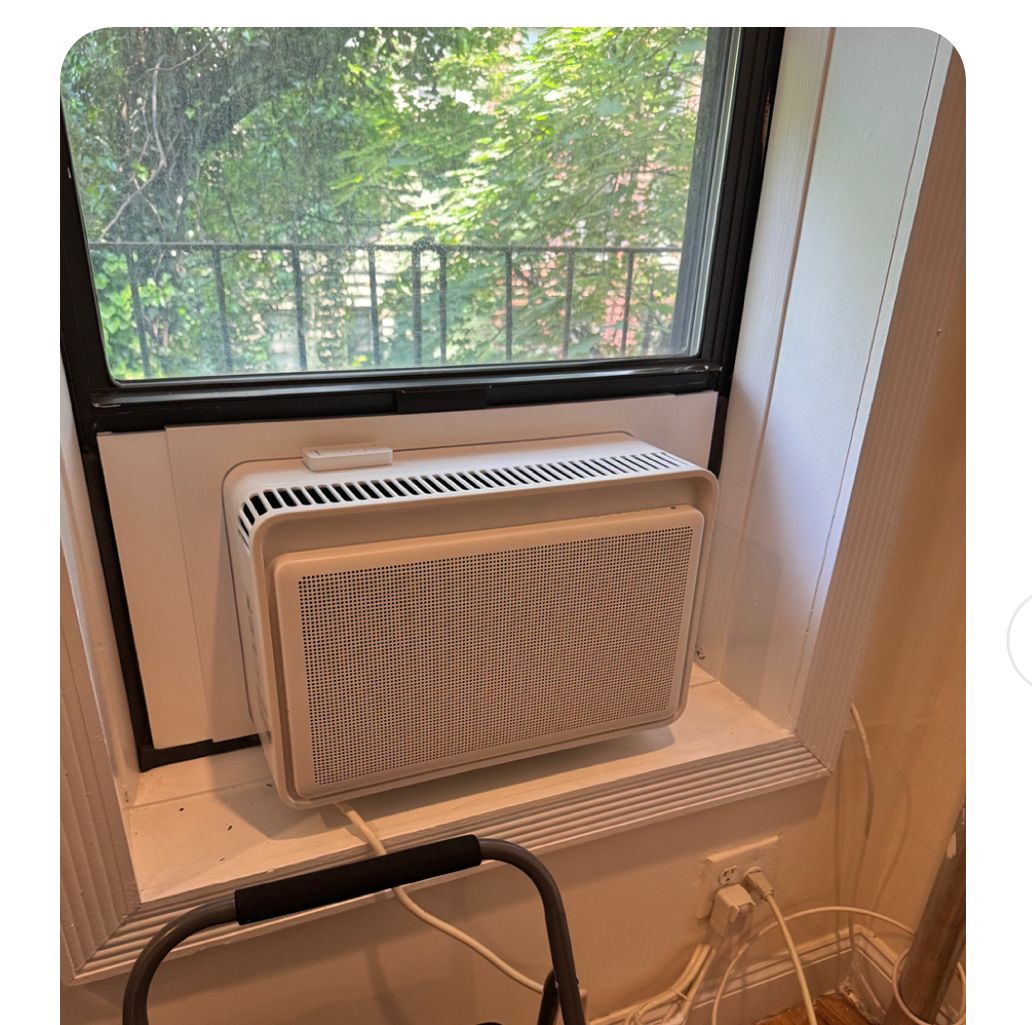
Credit: windmillair.com
Unresponsive Smart Features
Smart features make Windmill ACs convenient and easy to control. But sometimes, they may stop responding. This can disrupt your ability to adjust settings remotely. Issues like Wi-Fi disconnection or outdated firmware are common culprits. Below are simple steps to troubleshoot and restore these features.
Reconnecting To Wi-fi
Ensure your Wi-Fi network is working and stable. Check if other devices are connected to the same network. If your AC is not connected, open the settings on your Windmill app. Select your AC, and follow the prompts to reconnect to Wi-Fi. Use a 2.4 GHz network, as most smart ACs do not support 5 GHz bands.
Updating The Firmware
Outdated firmware can cause unresponsiveness in smart features. Open the Windmill app and navigate to the settings menu. Look for a firmware update option. If an update is available, install it and wait for the process to complete. Do not turn off your AC during the update.
Restarting The Mobile App
Sometimes the issue lies with the app, not the AC. Close the Windmill app completely and restart it. Make sure it is updated to the latest version. If restarting does not work, try reinstalling the app. Log back in and check if the smart features are responsive.
Maintenance Tips For Optimal Performance
Keeping your Windmill AC in excellent condition ensures it performs efficiently. Regular maintenance also helps prolong the unit’s lifespan. Simple upkeep practices can save energy and reduce unexpected breakdowns. Below are essential maintenance tips for optimal performance.
Regular Filter Cleaning
Dirty filters block airflow and reduce cooling efficiency. Clean or replace filters every two weeks during heavy use. Wash reusable filters with water and let them dry completely before reinstallation. This step improves air quality and prevents strain on the AC unit.
Seasonal Tune-ups
Inspect your Windmill AC before the start of each season. Check for loose wires, strange noises, or visible wear. Tighten any loose screws and clean external components like vents and panels. Regular tune-ups prevent minor issues from becoming major problems.
Monitoring Energy Usage
Keep an eye on your AC’s energy consumption. Sudden spikes may indicate inefficiency or a hidden issue. Use energy-saving settings to reduce costs without compromising comfort. Monitoring usage helps you address problems early and maintain optimal performance.
When To Call A Professional
Windmill air conditioners are designed for efficiency and ease of use. But sometimes, issues arise that require expert attention. Knowing when to call a professional can save time and prevent further damage. Below are key situations where professional help becomes essential.
Signs Of Major Issues
Unusual noises from your air conditioner often signal a serious problem. Grinding or screeching sounds may indicate motor or fan damage. A sudden loss of cooling performance can point to refrigerant leaks or compressor failure.
If your unit frequently shuts off or won’t start, the issue might be electrical. These problems are best handled by trained technicians. Attempting DIY fixes on major issues can worsen the situation.
Warranty Considerations
Windmill AC units often come with warranties covering repairs and replacements. Check your warranty terms before attempting any fixes. Unauthorized repairs could void the warranty, leaving you with costly out-of-pocket expenses.
Finding A Trusted Technician
Choosing the right professional ensures effective and reliable repairs. Look for technicians certified in HVAC systems, especially those familiar with Windmill ACs. Local reviews can help identify skilled experts in your area.

Credit: www.amazon.com
Conclusion
Troubleshooting your Windmill AC can save time and prevent bigger issues. Start by checking common problems like power supply, filters, and settings. Regular maintenance keeps your unit running smoothly and efficiently. If problems persist, consult the user manual or contact support.
Proper care ensures better cooling and a longer lifespan for your AC. Always address issues early to avoid costly repairs. A well-maintained AC means comfort and peace of mind during hot days.

